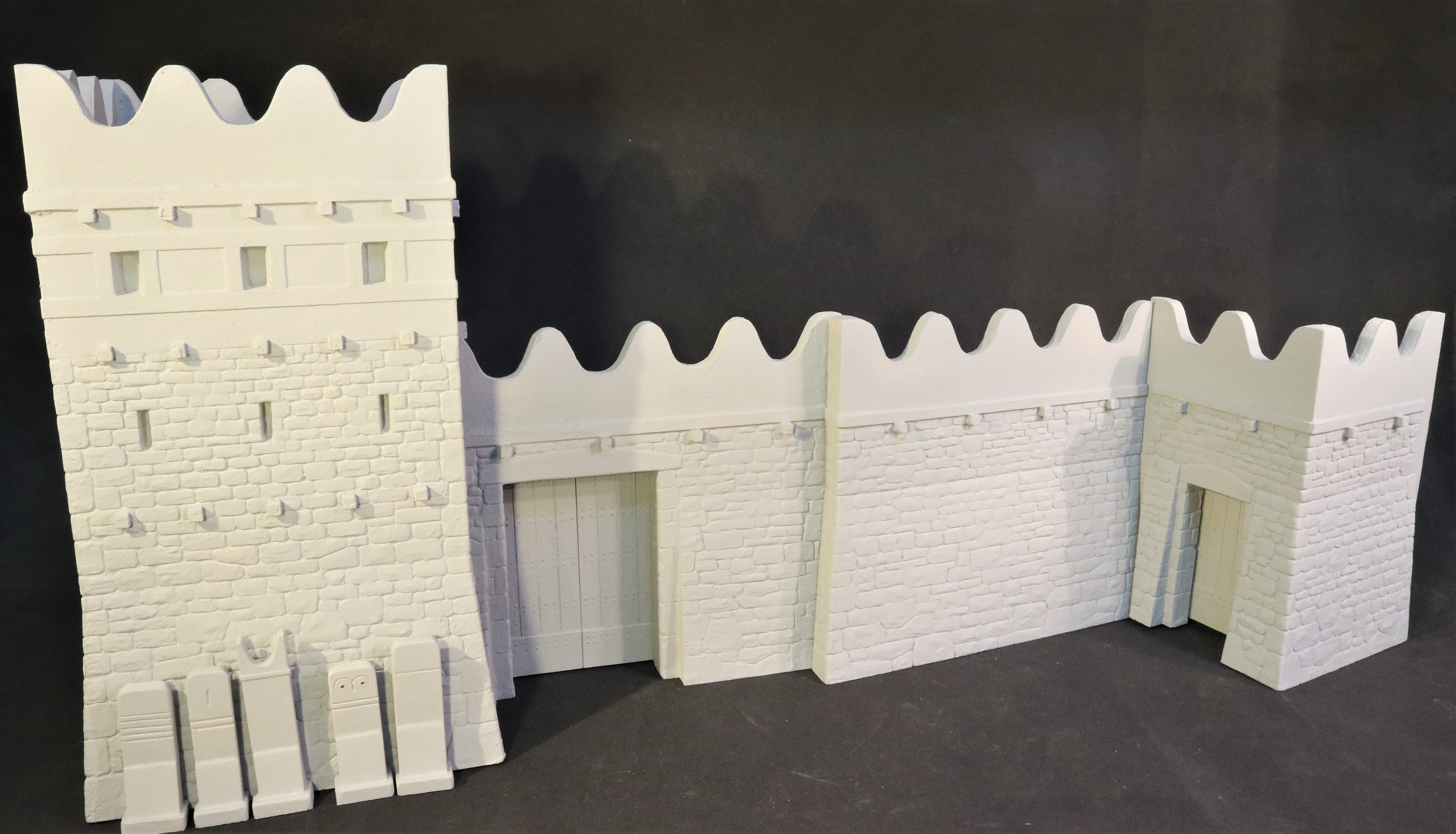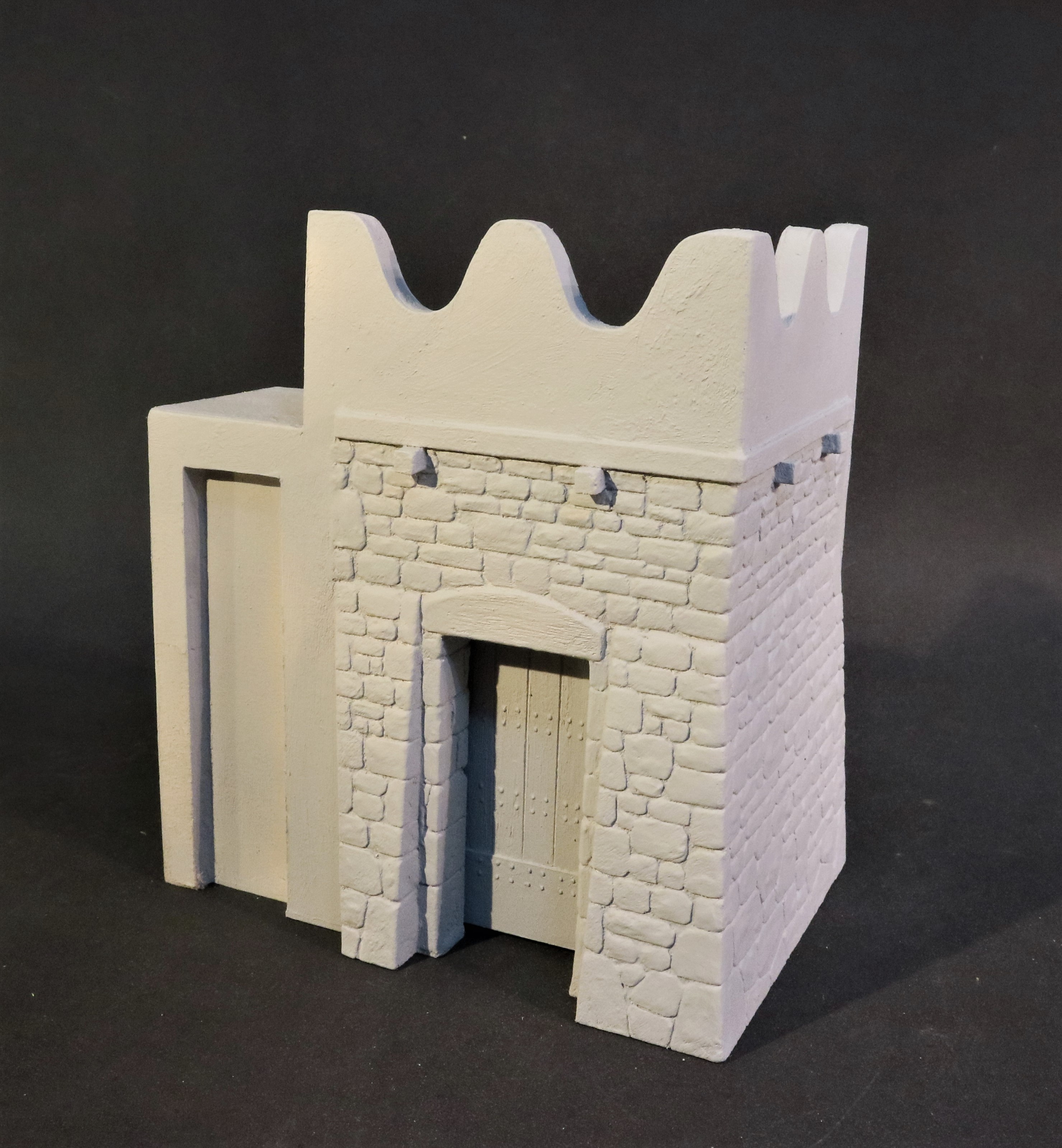23rd Sep 2021
The Walls of Troy
"This September I will be previewing work from the new series, THE TROJAN WARS.
Starting appropriately with the city itself, TROY!
TROY or ILION was an ancient city, known as the setting for the Greek myth of the Trojan War.
It is believed to be located at Hisarlik in present day Turkey, 30 kilometres south west of Canakkale.
In Ancient Greek literature, Troy is portrayed as a powerful kingdom of the Heroic Age, a mythic era when monsters roamed the earth and gods interacted directly with humans. The city was said to have ruled the Troad until the Trojan War led to its complete destruction at the hands of the Greeks.
The story of its destruction was one of the cornerstones of Greek mythology and literature, featuring prominently in the Iliad and the Odyssey, as well as numerous other poems and plays.
Its legacy played a large role in Greek society, with many prominent families claiming descent from those who had fought there.
The JJD TROY can be constructed using four pieces which combined can represent the famous east gate and walls of Troy.

Until the late 19th century, modern scholars regarded the Trojan War as entirely fictional. In 1871, Heinrich Schliemann and Frank Calvert excavated the site believed to be Troy. Several layers excavated resembled the literary depictions of Troy, leading some scholars to conclude that there is a kernel of truth to the legends. Although Schliemann’s legacy remains controversial due to his excavation methods, which included dynamiting layers he considered insignificant.
Subsequent excavations by others have added to the understanding of the site, though the exact relationship between myth and reality remains unclear.

The Scaean Gate,
Experts disagree over which Troy was destroyed by the Myceneans. Was it Troy VIh, a powerful and wealthy town with spacious well constructed buildings? This fits Homer’s description but it appears to have been destroyed by an earthquake. Or was it the Troy VIIa the new town that rose out of the rubble.
Troy VIIa was poor and overpopulated. It was destroyed by fire after a life of only about 30 years. Its crudely built houses were huddled against the town walls. Most had large pots buried in the floor for storing food.
These features indicate a siege mentality, with the people from the countryside crowding into the town for protection.

Straight wall section
The archaeological site of Troy consists of nine major layers, the earliest dating from the early Bronze Age, and the latest from the Byzantine era.
The mythic city is typically identified with one of the Late Bronze Age layers.
The archaeological site is open to the public as a tourist destination, and was added to the UNESCO World Heritage list in 1998.

The eastern or Dardanian Gateway

The eastern walls of Troy were reinforced by towers. One of these massive bastion at the north eastern corner was built to defend a well, which was one of the main water supplies, the other was to reinforce the city’s main entrance the Scaean Gate.
The Walls of Troy will be available in the spring of 2022."
(John Jenkins)
